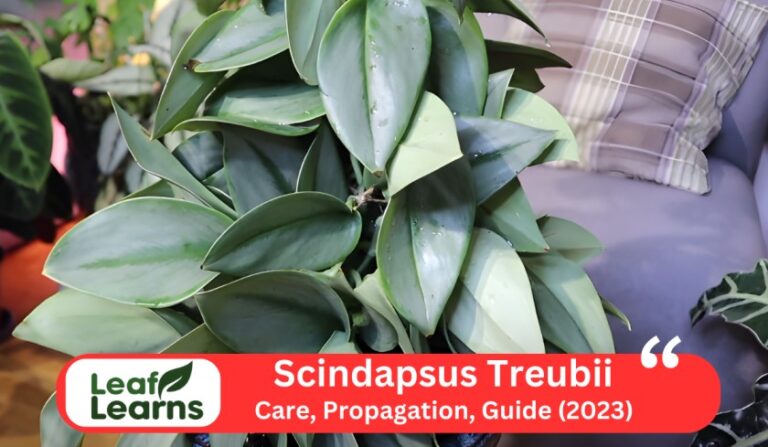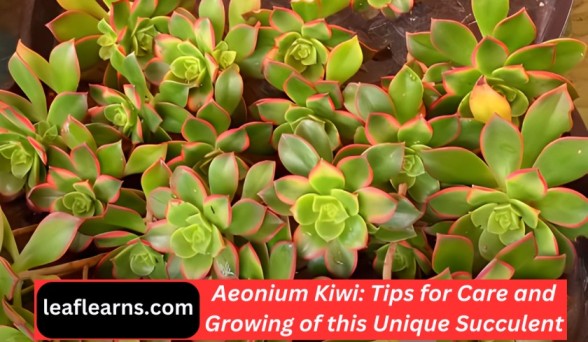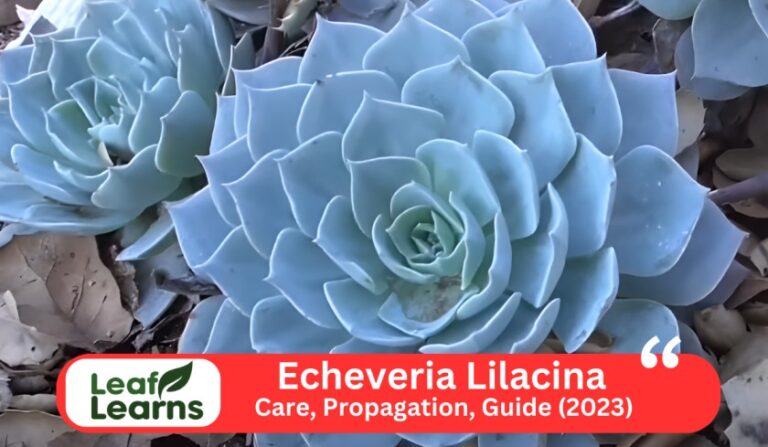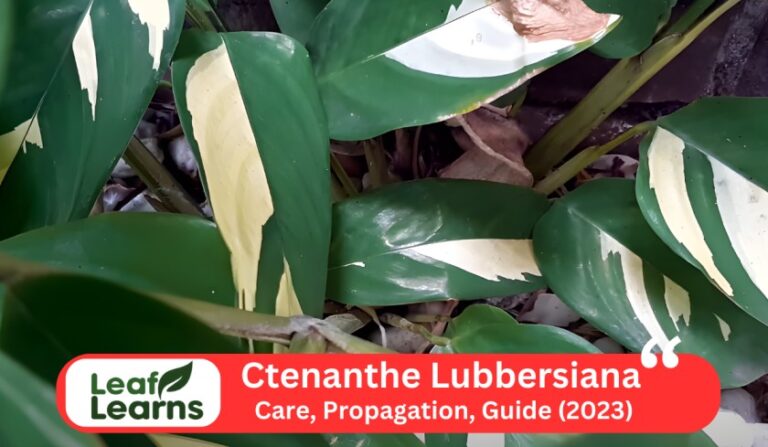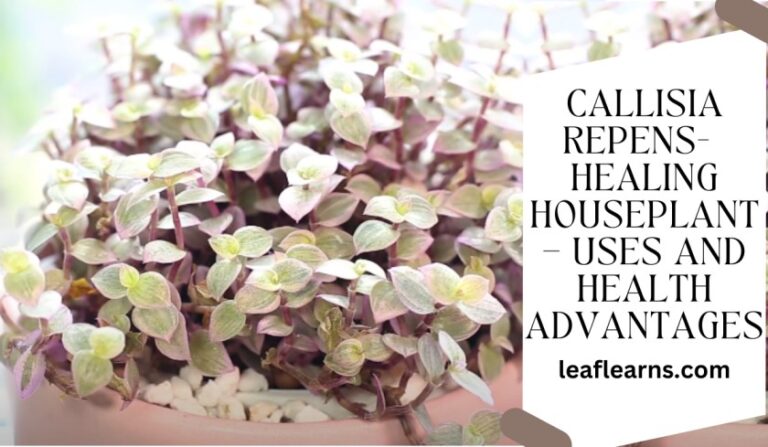Neon Pothos Care & Propagation Tips Guide(2023)
The beautiful pothos plant is commonly called Neon pothos. This plant is scientifically called Epipremnum aureum Neon. It is a beautiful plant for your house indoors. It can belong to the family Araceae. It can originate from China, the Indian subcontinent, and also present in Australia.
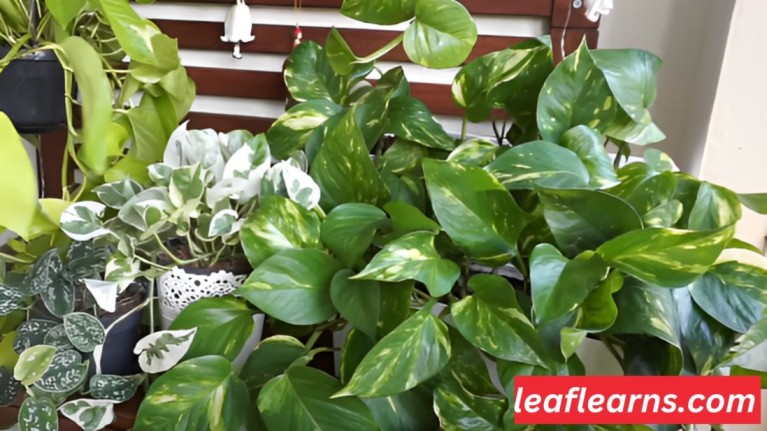
Neon pothos temperature varies from 65 to 85 degrees during the daytime. The size of this beautiful plant is 10 ft long. It has leaves and the shape of the leaf can show off as heart-shaped. Leave the size of this plant 6-12 inches long. It has flowers and the flower color is Green and a white appearance.
This plant can be cared for by different aspects of light temperature humidity and fertilizer. The light requirement of this plant is bright and indirect sunlight. Well-drained potting mix soil can be used to grow the plant. The propagation method is very necessary for the growth of neon-pothos.
Water is put down to this plant sparingly. So we can tell you about the different tips and methods for caring for and growing.
| Common name | Neon Pathos |
| Scientific Name | Epipremnum aureum Neon |
| Family | Araceae |
| Distribution | China, the Indian Subcontinent, Australia, |
| Temperature | 65-85 degrees during the day |
| Size | 10 ft long |
| Leaf shape | heart-shaped |
| Leave Size | 6-12 inches long |
| Flower | Green, white |
| Foliage type | lime-green foliage |
| Propagations | Stem cuttings in water or soil |
| Light requirement | Bright, indirect sunlight |
| Soil requirement | Well-draining potting mix |
| Watering Need | Soil dry between waterings; water sparingly |
| Pests | Susceptible to spider mites |
| Toxicity | Toxic to pets and humans if ingested |
| Maintenance | Low-maintenance, drought-tolerant |

Here are some creative ways to incorporate it into your home
Hanging Baskets: To add a touch of elegance to your room, hang a Neon Pathos in a stylish planter and let its tendrils flow softly.
Table Centerpiece: Create a magnificent table centrepiece by placing a potted Neon Pathos in an attractive container.
Wall Decor: For the appearance of a living wall, train the vines around a trellis or wall.
Shelf Accent: To add a splash of colour amid your books and collections, place it on shelves or in bookshelves.
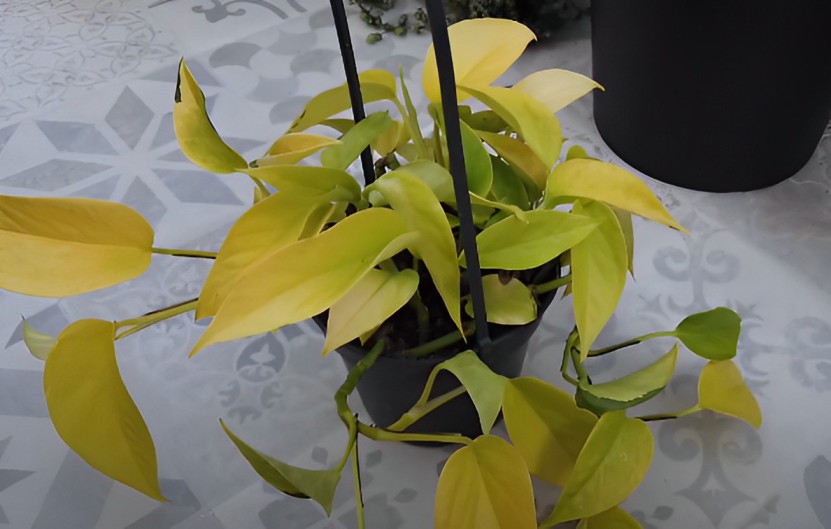
Contents
Neon Pothos Care
Light Requirements
Neon-Pothos, which is famous for its vivid chartreuse leaf, is a great choice for both inexperienced and seasoned plant enthusiasts due to its very moderate light requirements. While it can survive in low light, bright, indirect light is its true preferred environment.
To guarantee that your plant maintains its spectacular colour and powerful growth, place it close to a window that receives filtered sunlight or a few feet away from a south or west-facing window. Its leaves can be burned if exposed to direct sunlight for an extended length of time.
You may create this type of plant in your indoor garden that is both healthy and eye-catching by attending to its special lighting requirements.
Soil Requirements
It can prefers well-draining soil that is enriched in organic matter because to its brilliant green leaves. Perlite or orchid bark combined with potting soil works wonders to provide both enough aeration and moisture retention.
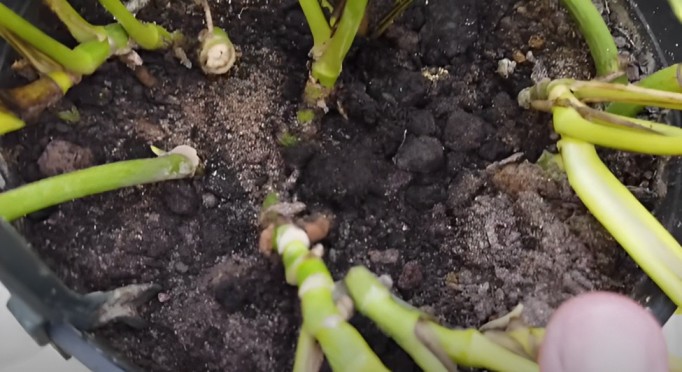
This combination helps this plant keep its striking leaf colouring while also preventing overwatering problems. Repot your plant every two years to replenish the soil and give it the nutrition it requires to continue to be a beautiful addition to your interior environment.
Watering Requirements
Neon-Pothos, which is valued for its vivid leaf, is a great choice for both inexperienced and seasoned plant enthusiasts due to its moderate water needs. When given a little period of dryness in between waterings, this tough houseplant flourishes.
When the top inch of the soil seems dry to the touch, which usually occurs every 1-2 weeks, water your plant thoroughly. However, the frequency may vary based on variables including humidity and light levels. Avoid overwatering since root rot, one of this plant’s most frequent problems, might result from it.
As the neon-pothos can handle some water neglect, keep in mind that it’s frequently preferable to err on the side of underwatering rather than overwatering.
Temprature and Humidity Requirements
Although taking care of this plant is not difficult, it is important to keep them at the proper humidity and temperature levels for their wellbeing. These brilliant green vines can grow in most interior situations and flourish in a temperature range of 65-80°F (18-27°C), which is normal for a household.

Sudden temperature changes or draughts should be avoided, though, since these might stress the plant. Neon-Pothos loves moderate to high humidity, ideally between 40 and 60 percent.
Consider spraying the leaves often or putting a humidity tray close by to increase humidity. You can keep your plant a beautiful and lush addition to your indoor environment by maintaining the proper temperature and humidity levels.
Fertilizer Requirements
It has relatively low fertiliser needs and is famous for its eye-catching neon-accented brilliant green foliage. It’s important to feed this lively houseplant on occasion during the growing season, which normally lasts from spring through summer, to keep it flourishing.
Every 4-6 weeks, evenly distribute a balanced liquid fertiliser that has been diluted to half the recommended strength. It’s important to err on the side of caution and keep an eye on the plant’s reaction since overfertilizing can result in nutritional imbalances and even leaf burn.
You may cut back on or altogether stop fertilising during the dormant winter months, allowing your this plant to relax and preserve energy for its next spurt of development in the spring
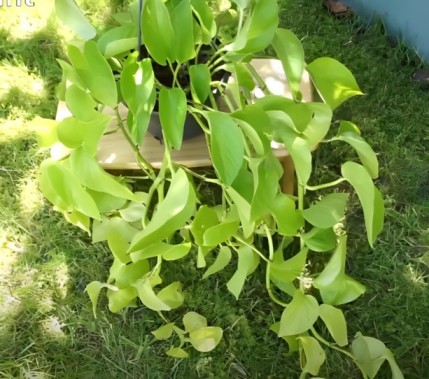
Growth Habits
One of the most intriguing characteristics of Epipremnum aureum “Neon,” is its development pattern. With its trailing or vining growth pattern, this tropical beauty is perfect for hanging baskets or cascading over shelves.
It thrives in low to moderate light circumstances and adds a splash of colour to any area with its vivid lime-green foliage with neon-like streaks. It is a hardy indoor plant that requires just little maintenance, making it ideal for both novice and seasoned plant lovers.
Ensure well-draining soil, moderate watering, and sporadic trimming to stimulate lush foliage and reduce legginess in order to sustain its aggressive growth pattern and keep it looking its best.
Pro Tips
- Neon-Pothos should be placed in bright, indirect light rather than the sun.
- Watering: Consistently water the soil, but allow the top inch to dry in between applications.
- Keep the temperature in the comfortable range of 65-85°F (18-29°C).
- Humidity: Mist the plant or use a humidity tray for more humidity; this is ideal.
- Use peat-based potting soil that drains effectively for strong roots.
- In the spring and summer, fertilise every 4-6 weeks with a balanced liquid fertiliser.
- Trim long vines to encourage bushier growth, and take off any yellow or dead leaves.
- Control of pests: Keep an eye out for insects like mealybugs and spider mites; use neem oil or insecticidal soap to treat.
- When it outgrows its pot, repot the plant every two to three years.
- Growing new plants from stem cuttings in soil or water is a simple process.
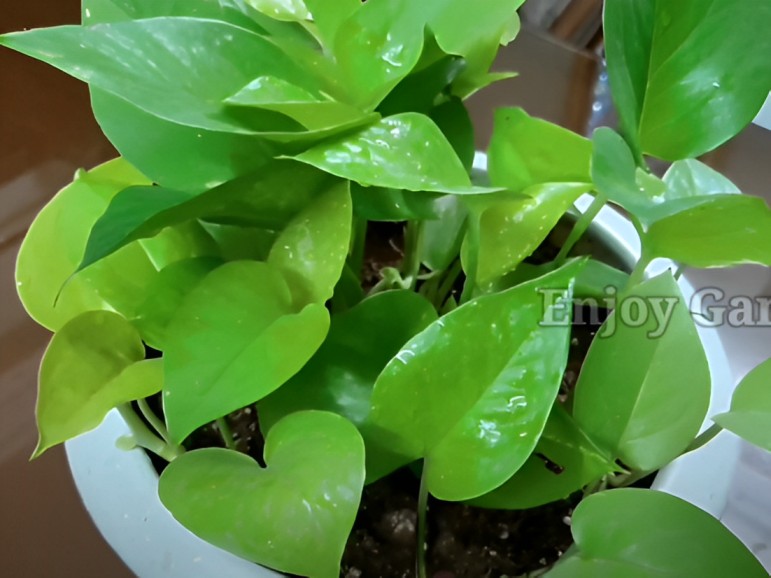
Propagation Technique
There are several propagation techniques you can use to successfully grow new plants:
Cutting Propagation
- Choose a Healthy Stem: Pick a stem that is at least two leaves long and healthy. Verify that it shows no symptoms of illness or pests.
- Making a clean cut: Just below a node, make a clean cut using clean, sharp scissors or pruning shears. The little bump on the stem known as a node is where leaves and roots first appear.
- Grasping Method: Put the cutting in a water-filled jar or vase, making sure the node is immersed. If you’d want, you may even grow it from seed straight in the ground.
- Place the cutting in indirect sunlight and keep the temperature between 70 and 80 degrees Fahrenheit (21-27 degrees Celsius).
- Change the water often to avoid stagnation and keep an eye on the development of the roots.
- The cutting may be transplanted into a pot with potting mix after you can see a few inches of roots, which is often within a few weeks.
Aerial Root Propagation
- Aerial roots, or roots that develop along the stems above the soil line, are frequently produced by your this plant.
- Misting the plant or securing a sphagnum moss pole or trellis to the container can help the plant’s aerial roots develop.
- You may clip the aerial roots when they are a few inches long and place them in containers filled with potting soil to develop new plants.
Layering
- By layering, you may grow new plants while the parent plant is still connected to it.
- Make a tiny incision or scrape a portion of the stem right below a node on a sturdy, healthy stem.
- Put the injured area in a different pot or container so that it is in contact with the soil.
- Once roots have formed, remove the young plant from the parent and repot it. Keep the soil continually wet.
Division
- You may cut the neon-pothos plant into smaller pieces as it grows and matures.
- Taking care to ensure that each area of the root ball has roots and healthy foliage, carefully remove the plant from its pot.
- Replant the separated parts with new potting soil in separate pots.
Pruning/Trimming
Epipremnum aureum ‘Neon’ require regular pruning or trimming as part of their usual care. To ensure that its growth and beauty stay at their best, this colourful and eye-catching houseplant benefits immensely from routine upkeep.
By removing dying or discoloured leaves, pruning improves the appearance of the plant and encourages the growth of healthy foliage. Additionally, trimming aids in maintaining the plant’s size and form, making it easier to handle and promoting bushier growth.
Pruning makes sure that your this plant thrives as a gorgeous and vivid addition to your interior environment by removing extra growth and keeping a tidy look.
Pothos Toxicity
This plant is a popular option for indoor plants because of its hardiness and minimal maintenance needs, is recognized for its vivid green foliage with eye-catching neon-yellow highlights. It’s crucial to remember that Neon-Pothos, like its close sibling the Devil’s Ivy, is poisonous to both pets and people if consumed.
The plant has calcium oxalate crystals that, if taken, can have mild to moderate side effects such mouth discomfort, drooling, and trouble swallowing. While it is typically harmless if kept out of children’s or pets’ reach, care should be taken to avoid accidental consumption, especially in homes with curious animals or young children.
Common Pests
Neon-Pothos, a colourful and well-liked indoor plant, occasionally has to deal with bothersome insect invasions. Mealybugs, tiny white cottony bugs, and spider mites—which are barely perceptible red or black dots are common pests. These creatures harm property by munching on leaves.
Use neem oil or soapy water to clean the leaves of your plant to safeguard it. Regular inspections provide a healthy, growing plant by helping to keep these annoyances at bay.
Common Problems
- Yellowing foliage: Overwatering is typically the cause of your Neon-Pothos’ yellowing foliage. The answer is to maintain proper drainage and allow the soil dry in between waterings.
- When the air is excessively dry, brown leaf tips develop. Use a humidity dish or spritz the plant to increase humidity.
- Leggy Growth: Leggy growth results from insufficient light. Put your plant in a spot with strong, filtered light.
- Pests: Be on the lookout for mealybugs or spider mites. To remove leaves, wipe them with soapy water.
- Overwatering might result in root rot. Trim any damaged roots, then repot in new soil.
- Remember, patience and a little care go a long way in keeping your plant healthy and vibrant!
Uses
Bright green houseplant Neon-Pothos fulfils a variety of functions. Its striking look enhances home design by adding a splash of colour to any space. Beyond aesthetics, It contributes to better indoor air quality by decreasing pollutants and purifying the air.
Beginners will love how simple it is to care for, and they may imaginatively display its trailing tendrils in hanging baskets or on shelves.
FAQs
How Fast Do Neon Pothos Grow?
This plant may expand up to 12 inches (30.5 cm) every month under ideal conditions.
Is variegated Neon Pothos toxic?
Yes. According to the ASCPA, it includes calcium oxalate crystals like any other aroid and is poisonous to animals.
How do I get more variegation in Neon Pothos?
Although variegation is seldom predictable, placing your plant in a spot that receives the most light can help it become more variegated. Never put your plant in a dark area.
Do neon pothos need sunlight?
Although this plant may adapt to lower light levels, it prefers bright, indirect light all year round.
Is neon pothos rare?
Yes. The plain Neon-Pothos is much more commonin the world, but the variegated Neon-Pothos is much more uncommon.
Is neon pothos a money plant?
Epipremnum aureum ‘Neon’ commonly known as Golden/Neon-pothos
Does neon pothos clean the air?
One of the top indoor plants for eliminating pollutants from the air is the pothos.
Are neon pothos harder to grow?
It is considerably more vibrantly coloured and can really pack a punch in your collection of houseplants, and it is just as simple to cultivate as the typical Golden Pothos.
Do neon pothos need water?
It is typically be watered to yourself once every 1-2 weeks.

